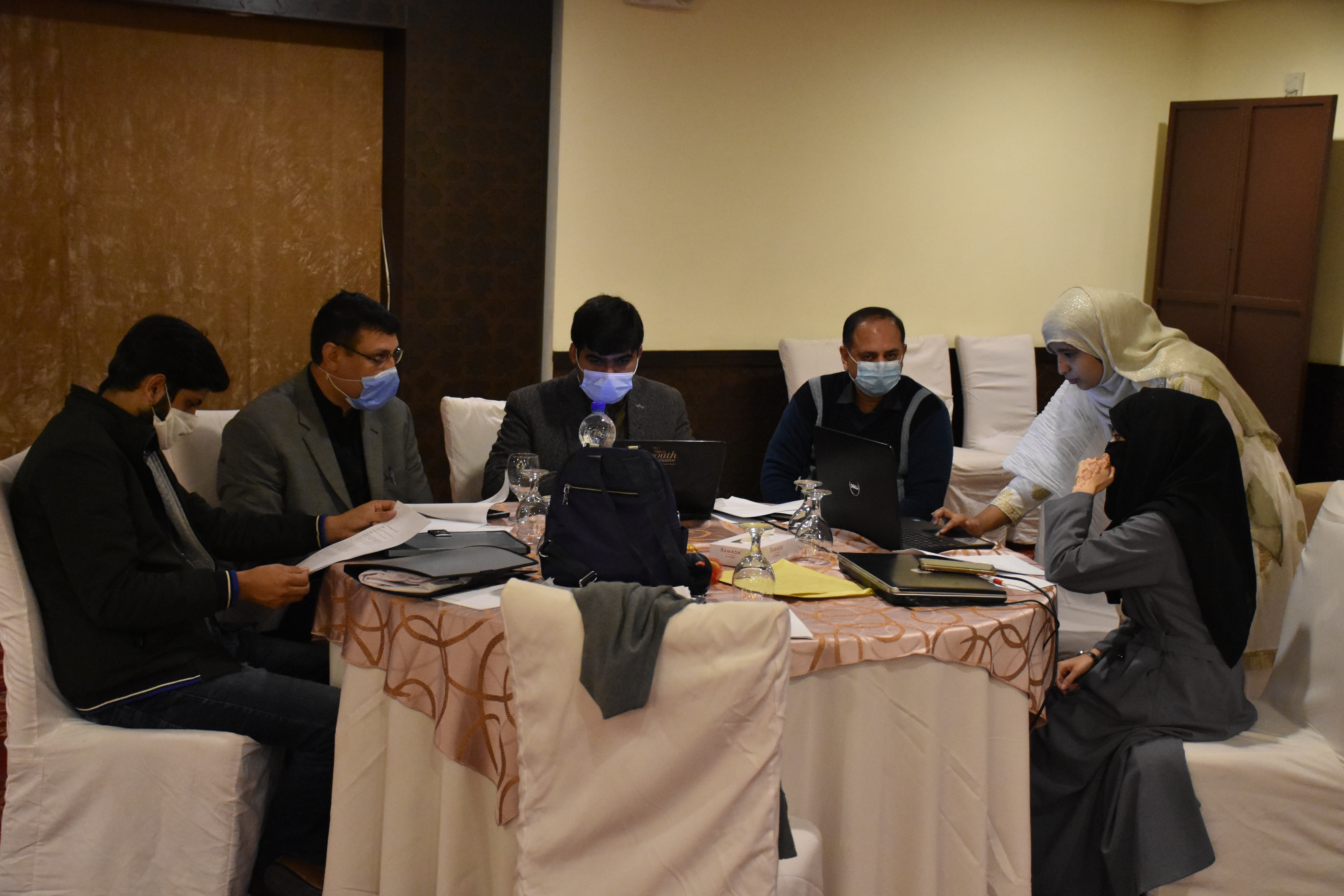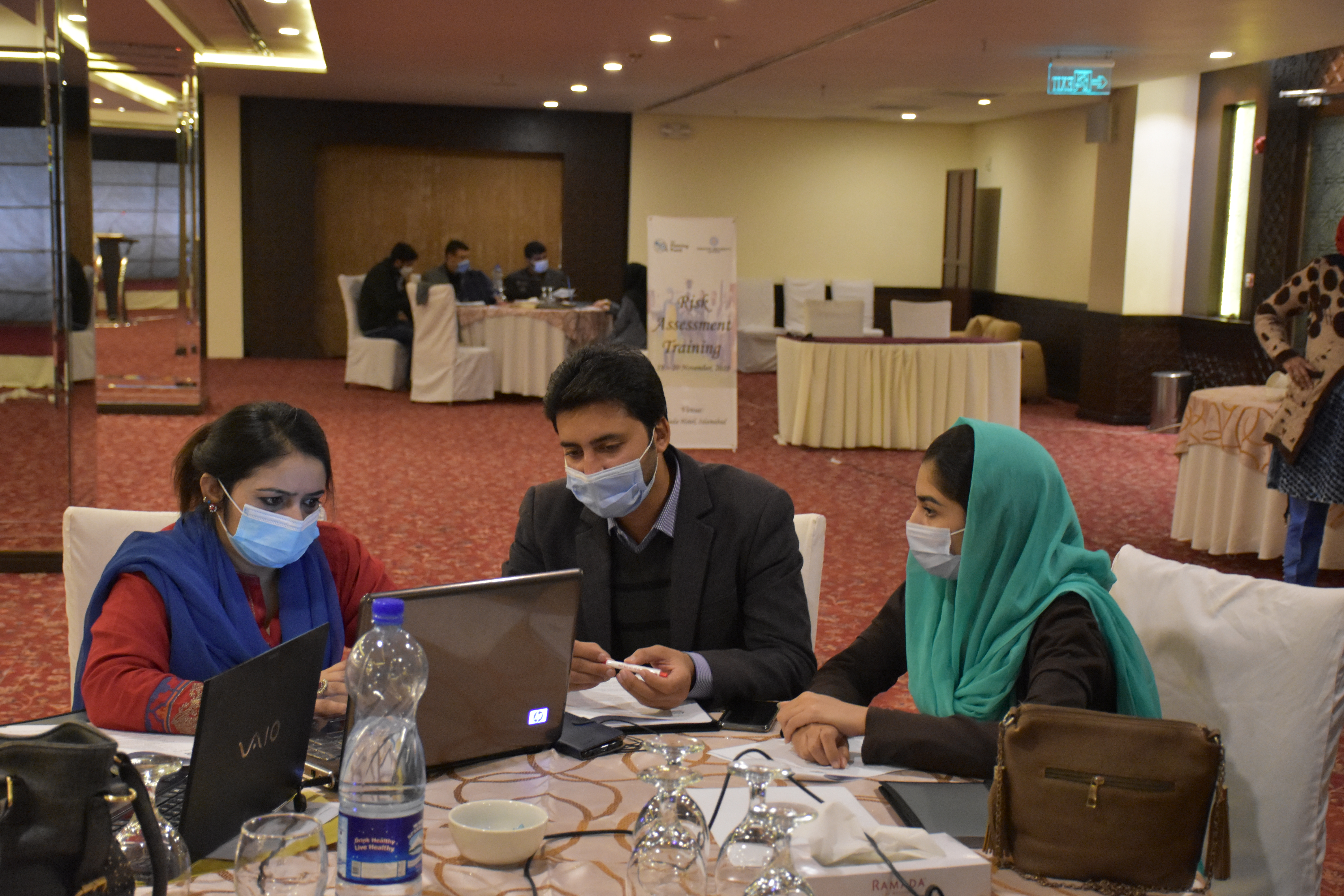HSP Trainers Publish Biosafety and Biosecurity Training Methodology
As part of our work with the Fleming Fund, Health Security Partners is working in Pakistan to strengthen national laboratories, with the aim of preparing them to serve as national reference laboratories for antimicrobial resistance. As part of this project, HSP has sought to strengthen the biorisk management (BRM) systems of these laboratories. To this end, HSP held two workshops in 2019 and 2020 for laboratory personnel, which utilized concepts from the fourth edition of the World Health Organizations’ laboratory biosafety manual.
The 2019 workshop focused on general biosafety and biosecurity knowledge, while the second workshop in November 2020 allowed participants to apply the skills obtained in the first workshop in terms of hazard identification and risk assessment. As such, the second workshop focused on application rather than theoretical knowledge and implemented a new blended learning method involving both online and face-to-face communication. In this particular case, participants and one facilitator were physically present at a training venue, while the primary instructor –assisted by the in-person facilitator – conducted the training virtually. This method encouraged active participation and discussion from all participants as they sought to identify hazards in their labs and, subsequently led to the development of standards of procedures meant to reduce identified risks.
This method, which was developed in response to travel restrictions during the COVID-19 pandemic, may prove beneficial to organizations around the world seeking to strengthen their BRM systems. Consequently, the HSP trainers, Ms. Samreen Sarwar and Dr. Viji Vijayan, published the methodology used in these particular workshops in the Journal of Biosafety and Biosecurity, so that lessons learnt and findings might be disseminated for capacity building purposes. The paper is titled “Pakistan’s experience with risk assessment training and implementation of concepts from the 4th edition of the WHO laboratory biosafety manual”, and may be found online at: https://www.sciencedirect.com/science/article/pii/S2588933821000327 .
Next Article Previous Article


